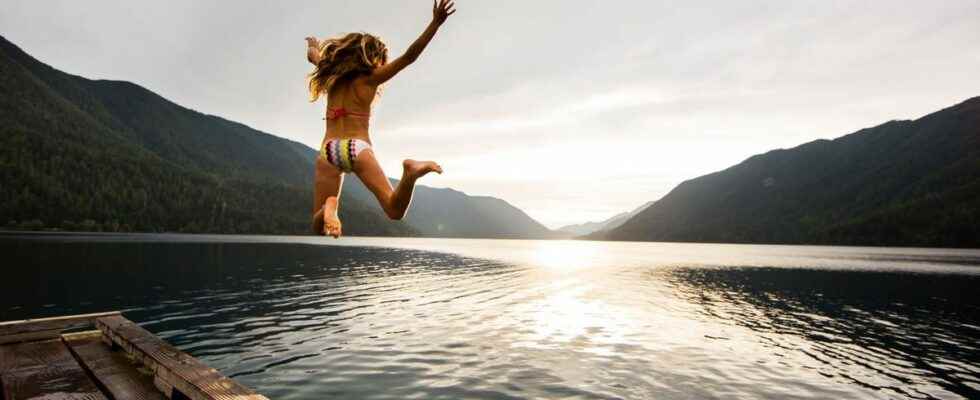Posted ,
Reading 3 mins.
Good news at the start of summer: the quality of bathing water in the European Union remains high. This is reported by the European Environment Agency. Detailed review, feet in the water.
All the indicators of tourism and travel specialists confirm it: this year, fewer French people will be visiting France. The desire for elsewhere and for moving, after two years marked by the Covid-19 epidemic, has returned: the trend is to escape. Three European destinations seem particularly popular: Italy, Spain and Greece.
Awards of Excellence for nearly 85% of sites
One thing is certain: wherever you decide to go this summer, as long as you stay on the old continent, you can swim without fear, if you are a fan of water sports. It is the European Environment Agency which says so in its annual assessment of the quality of bathing water in the countries of the European Union (EU), to which must be added Switzerland and Albania, made public early June.
The overall figure speaks for itself: in 2021, 84.8% of the more than 21,500 sites officially listed in the EU had high water quality. “Since the adoption of the Bathing Water Directive in 2006, the share of excellent sites has steadily increased”, welcomes the agency. In addition, minimum water quality standards are met at 95.2% of sites.
No surprise: the quality of coastal bathing waters generally remains higher than that recorded on inland sites (lake, pond, river, etc.). The ratio is respectively 88% against 78.2%.
Austria, Malta, Greece: the top three
The prize for excellence goes to Austria, a country which, it should be remembered, has no access to the sea, with a score of 97.7% of sites of excellent quality.
This inland country is ahead of Malta (96.6%), Greece (95.8%) and Croatia, the fourth and last EU state to exceed the 95% mark, with a score of 95.7%, for be exact. In 12th and 13th position are Italy (87.9%) and Spain (87.4%).
As for France, it comes in 22nd place, with a rate of 75.7%, below the European average. It is Poland that closes this inventory, a country where only 44.5% of its bathing sites offer optimal quality.
Efforts to be made in 6 countries, including France
While poor quality sites, which have been falling steadily for a decade, were 1.5% last year compared to 2% in 2013, six countries have 3% or more of their bathing waters of poor quality or, in any case , insufficient.
Among these, France with 99 unsavory bathing waters, which represents 3% of all its sites. The other countries are Estonia (3.1%), the Netherlands (4.6%), Latvia (3.6%), Slovakia (3.1%) and Sweden (3.5%) ).
“Swimming at bathing sites with poor water quality can lead to illness, writes the European Environment Agency, in its assessment. Bathing sites classified as poor must be closed for the entire following bathing season and must have measures in place to reduce pollution and eliminate health risks for bathers.”
The opportunity to note that between 2020 and 2021, the number of bathing waters decreased by 419, which represents a reduction of 1.9%, and a total of 21,859 sites. “Compared to 2020, explains the report, there is no more information on 640 bathing sites in the UK, as they are no longer signposted. At the same time, 223 new bathing sites were identified in 2021 in the countries of the European Union”.
